pH, dissolved oxygen, total ammonia nitrogen and salinity are key parameters
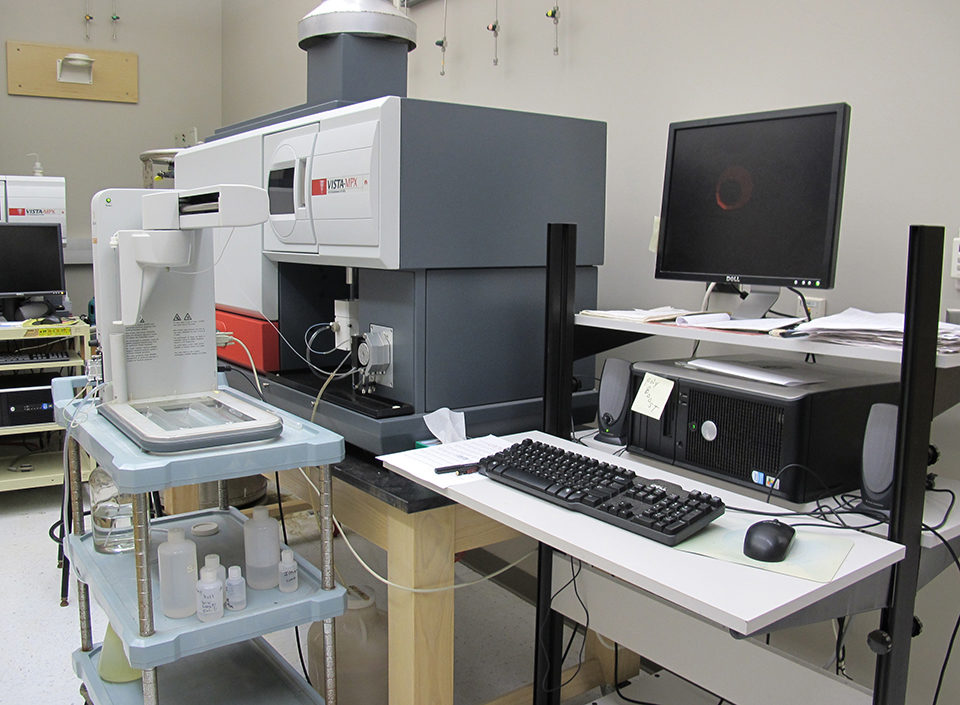
Water quality data often are necessary for assessing the suitability of water supplies and water in culture units for fish, shrimp or other species. Analyses of pH, dissolved oxygen, total ammonia nitrogen and salinity can easily be conducted on site with hand-held instruments or water analysis kits, but data on concentrations of major ions and trace elements normally are obtained by sending samples to custom laboratories.
These laboratories usually analyze samples using atomic absorption spectrophotometry or, increasingly, by inductively coupled plasma atomic emission spectrophotometry (ICP-AES). The ICP-AES method typically provides data on concentrations of 16 to 20 elements measured simultaneously at a reasonable cost. Of course, alkalinity (bicarbonate plus carbonate) is measured by titration with a standard solution of acid.
Ion concentration
Most laboratories have effective quality control programs to assure the reliability of results. Nevertheless, in the authors’ experience, their reports on concentrations of major ions often are in error. Upon receiving the results for a water sample, it is possible to assess the probable reliability of the data. The usual procedure is to make an anion-cation balance evaluation.
Because of the principle of electrical neutrality, positive charges of cations balance negative charges of anions in a sample. The major ions typically account for more than 95 percent of the total ions in a sample. Thus, if the concentrations of major ions are converted from a weight basis (milligrams per liter) to a charge basis (milliequivalents per liter), the sum of the milliequivalents of cations (calcium, magnesium, sodium and potassium) very nearly equals the sum of the milliequivalents of anions (bicarbonate/carbonate, chloride and sulfate) in an accurate analysis.
Working example
Suppose a sample is reported to contain 40 mg/L calcium, 12 mg/L magnesium, 10 mg/L sodium, 4 mg/L potassium, 120 mg/L bicarbonate, 33 mg/L chloride and 24 mg/L sulfate. The charge balance can be made as follows:
Anions
120 mg/L bicarbonate ÷ 61 mg bicarbonate/meq = 2.00 meq/L
33 mg/L chloride ÷ 35.45 mg chloride/meq = 0.93 meq/L
24 mg/L sulfate ÷ 48 mg sulfate/meq = 0.50 meq/L
Total negative charge = 3.43 meq/L
Cations
40 mg/L calcium ÷ 20.04 mg calcium/meq = 2.00 meq/L
12 mg/L magnesium ÷12.15 mg magnesium/meq = 0.99 meq/L
10 mg/L sodium ÷ 23 mg sodium/meq = 0.43 meq/L
4.0 mg/L potassium ÷ 39.1 mg potassium/meq = 0.10 meq/l
Total positive charge = 3.52 meq/L
The charge balance (meq anions ÷ meq cations) in the example is almost equal – 0.974 as compared to 1.0 for perfect balance – suggesting an accurate analysis. The charge balance, however, is not always proof of a reliable analysis.
For example, a sample of seawater the authors recently sent to a laboratory for analysis by ICP-AES was reported to contain 164 mg/L bicarbonate; 26,552 mg/L chloride; 3,763 mg/L sulfate; 575 mg/L calcium; 1,790 mg/L magnesium; 14,858 mg/L sodium and 733 mg/L potassium. These concentrations were all greater than would be expected for normal seawater. The sample was reported to have a conductivity of 50,300 μmhos/cm, a typical conductivity for normal seawater.
A check with a hand-held salinometer when the sample was taken gave a salinity of 36 ppt, a reasonable estimate for normal seawater. However, the reported concentrations of most ions were higher than expected for normal seawater, and the sum of the ions was 48,435 mg/L – normal seawater should contain about 35,000 mg/L of total ions. Thus, in spite of the ion balance being very good (0.987), the analysis was obviously in error.
To resolve the issue with the seawater sample, the major ions were measured by traditional methods with the following results: bicarbonate, 126 mg/L; chloride, 20,660 mg/L; sulfate, 2,677 mg/L; calcium 340 mg/L; magnesium, 1,276 mg/L; sodium, 11,260 mg/L; potassium 412 mg/L. The sum of these ions was 36,750 mg/L, and the specific conductance was 49,800 μmhos/cm – reasonable values for normal seawater.
For seawater and brackish water samples, conductivity multiplied by 0.7 is a relatively good estimate of total dissolved solids. In the seawater example above, the estimate of total ion concentration based on the reported conductivity of 50,300 μmhos/cm was 35,210 mg/L. This simple calculation could have alerted the analyst to the fact that the analysis was in error, because the concentrations of the major ions measured by ICP-AES totaled 48,435 mg/L.
The factor 0.7 is not as reliable for estimating the total dissolved-solids concentration from conductivity in many freshwater samples as it is for seawater and brackish water samples. The factor has been reported to range from 0.55 to 0.80 for freshwater. Nevertheless, the factor of 0.7 usually gives an indication of whether a particular analysis of freshwater might be in error despite having a satisfactory charge balance.
Synthetic water test
To assess the reliability of data on major ion concentrations measured by custom laboratories, the authors made a synthetic seawater sample, analyzed it by traditional methods and sent it to five custom laboratories (Table 1). The synthetic seawater had a measured conductivity of 49,800 μmhos, a reasonable expectation for normal seawater. The traditional methods of analysis provided ionic concentrations similar to expected concentrations, the charge balance was 1.03, and the total concentration of measured ions was similar to the estimated total ion concentration.
Boyd, Results of analyses of major ions in synthetic seawater, Table 1
| Ion | Weighed Amount | Traditional Analysis | Laboratory 1 | Laboratory 2 | Laboratory 3 | Laboratory 4 | Laboratory 5 |
|---|
Ion | Weighed Amount | Traditional Analysis | Laboratory 1 | Laboratory 2 | Laboratory 3 | Laboratory 4 | Laboratory 5 |
|---|---|---|---|---|---|---|---|
| Bicarbonate (mg/L) | 145 | 136 | 117 | 129 | 145 | 179 | 150 |
| Chloride (mg/L) | 19,488 | 20,660 | 20,000 | 22,179 | 19,500 | 5,229 | 5,260 |
| Sulfate (mg/L) | 2,719 | 2,677 | 2,700 | 3,077 | 2,698 | 2,464 | 2,172 |
| Calcium (mg/L) | 409 | 340 | 694 | 404 | 258 | 411 | 281 |
| Magnesium (mg/L) | 1,304 | 1,276 | 2,238 | 1,352 | 1,266 | 1,199 | 687 |
| Sodium (mg/L) | 10,853 | 11,260 | 27,487 | 10,172 | 9,343 | 10,050 | 11,105 |
| Potassium (mg/L) | 383 | 412 | 1,045 | 533 | 508 | 405 | 361 |
| Total (mg/L) | 35,301 | 36,761 | 54,261 | 37,846 | 33,718 | 19,937 | 20,016 |
| Conductivity (μmhos/cm) | – | 49,800 | 41,540 | 47,900 | 49,800 | 55,279 | 54,200 |
| Total ions, estimated (mg/L) | – | 34,860 | 29,078 | 33,530 | 34,860 | 38,695 | 37,940 |
| Anions ÷ cations | 0.999 | 1.030 | 0.431 | 1.178 | 1.135 | 0.356 | 0.349 |
| Totalm ÷ totale | – | 1.055 | 1.866 | 1.129 | 0.967 | 0.515 | 0.528 |
Table 1. Results of analyses of major ions in synthetic seawater measured by traditional methods and custom laboratories using ICP-AES.
The custom laboratories reported conductivities ranging from 41,540 to 55,279 μmhos. The range in concentrations of individual cations was huge – 361-1,045 mg/L for potassium, 258-694 mg/L for calcium and 5,229-22,179 mg/L for chloride. The charge balances for the results from the five laboratories ranged from 0.349 to 1.178, while the ratio of total measured ion concentration to estimated total ion concentration varied from 0.515 to 1.866. Only two of the laboratories provided results that reflected the actual composition of the sample.
Reliability of results
Although these findings do not bode well for the accuracy of ICP-AES analyses conducted by laboratories, most custom laboratories mainly run samples of a particular type – soil samples in the case of the laboratories used to test the synthetic water. In spite of the fact that these laboratories also do routine water analyses, they may not always adjust the ICP-AES methodology accordingly.
In fact, laboratory 1 that provided fairly reasonable results in Table 1 was the same laboratory that had earlier provided erroneously high results for the seawater sample discussed above. Before sending the synthetic seawater sample, the problem of the earlier seawater analysis was discussed with the lab director. Despite his icy response during the conversation, he apparently took heed, for the laboratory performed much better on the synthetic seawater sample.
(Editor’s Note: This article was originally published in the May/June 2013 print edition of the Global Aquaculture Advocate.)
Now that you've reached the end of the article ...
… please consider supporting GSA’s mission to advance responsible seafood practices through education, advocacy and third-party assurances. The Advocate aims to document the evolution of responsible seafood practices and share the expansive knowledge of our vast network of contributors.
By becoming a Global Seafood Alliance member, you’re ensuring that all of the pre-competitive work we do through member benefits, resources and events can continue. Individual membership costs just $50 a year.
Not a GSA member? Join us.
Authors
-
Phuong Thuy T. Le
Department of Fisheries and Allied Aquacultures
Auburn University
-

Claude E. Boyd, Ph.D.
Department of Fisheries and Allied Aquacultures
Auburn University
Auburn, Alabama 36849 USA
Tagged With
Related Posts
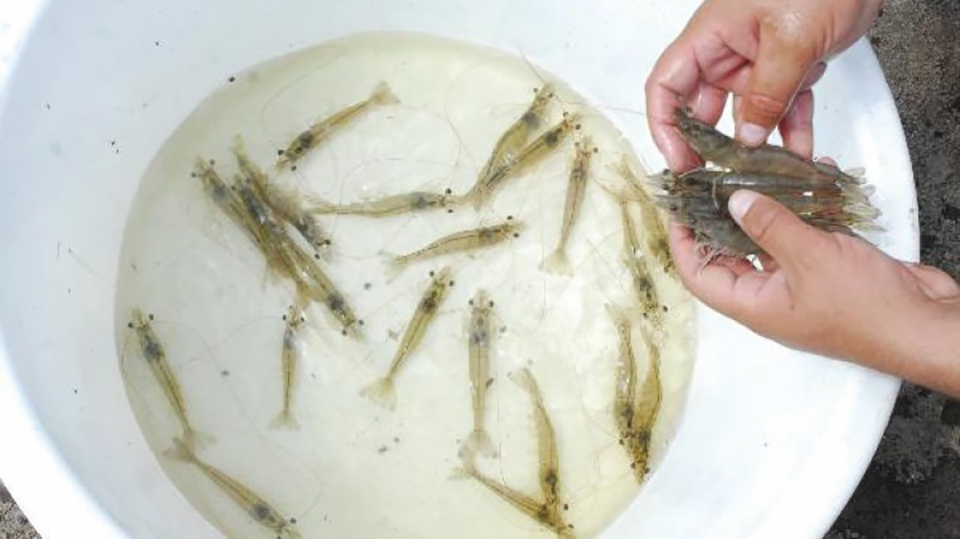
Health & Welfare
A study of Zoea-2 Syndrome in hatcheries in India, part 1
Indian shrimp hatcheries have experienced larval mortality in the zoea-2 stage, with molt deterioration and resulting in heavy mortality. Authors investigated the problem holistically.
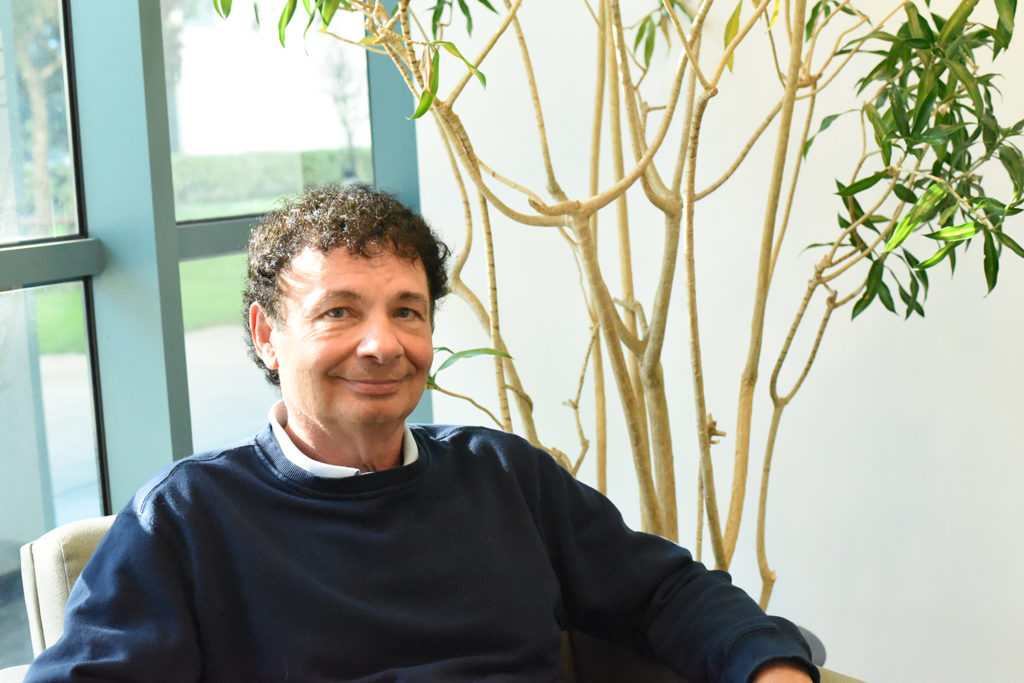
Innovation & Investment
Aquafeed ingredient AlgaPrime wins GAA Innovation Award
A proliferation of alternative feed ingredients has allowed aquaculture to extend the natural resources it depends on. AlgaPrime, packed with the long-chain omega-3 fatty acid DHA, is being recognized as a game-changing innovation for aquaculture feeds.
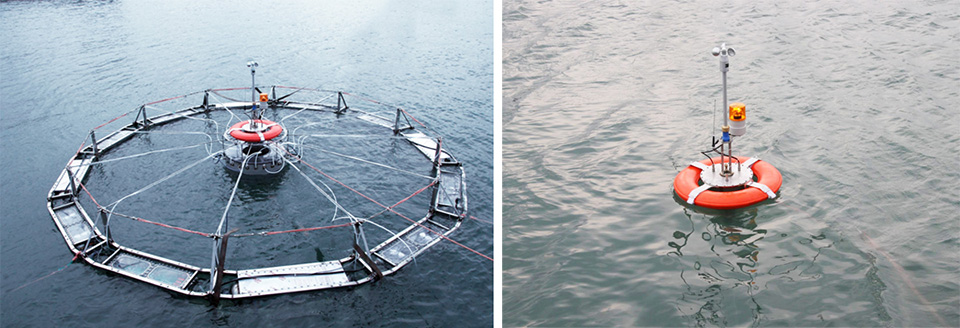
Innovation & Investment
Automatic submersible fish cage systems counter weather, surface problems
The development of submersible fish cage technologies may be necessary to avoid the operational challenges of surface-based aquaculture, which can include extreme temperature and weather conditions, jellyfish infestation, oil spills and many types of biofouling.
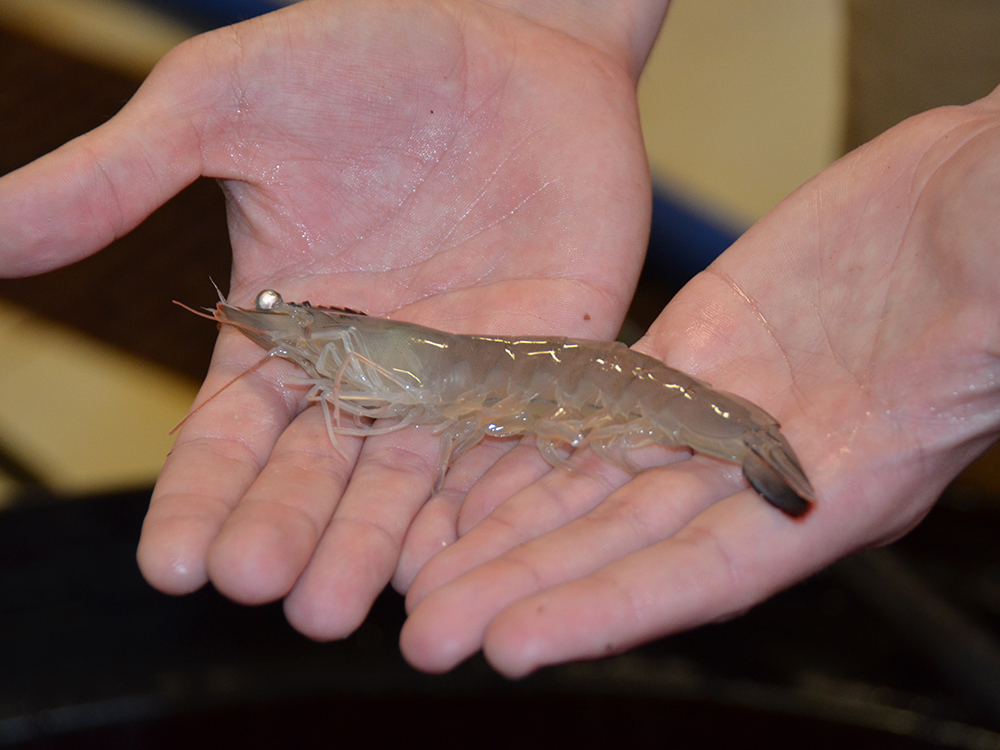
Aquafeeds
Biofloc and clear-water RAS systems: a comparison
This study compared two types of indoor, shrimp culture systems: clear-water RAS and biofloc systems. Clearwater RAS had the edge in water quality, but shrimp in the biofloc treatment had a higher feed conversion ratio.



